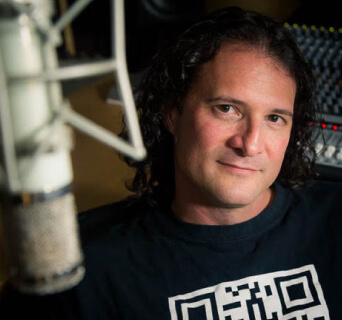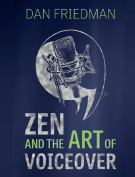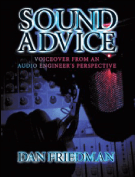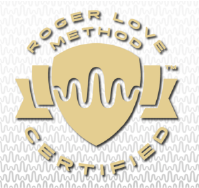 While out on a hiking trip this past weekend, I took the time to simply listen to nature. For several minutes, not a single device of modern technology could be heard. It was truly music to the ears. Listening… truly listening, seems to be a lost art. When was the last time you sat down and listened to an album? I don’t mean casually, with the music playing in the background as you perform other tasks. I mean sitting down in front of some speakers, or putting on headphones, and simply listening.
While out on a hiking trip this past weekend, I took the time to simply listen to nature. For several minutes, not a single device of modern technology could be heard. It was truly music to the ears. Listening… truly listening, seems to be a lost art. When was the last time you sat down and listened to an album? I don’t mean casually, with the music playing in the background as you perform other tasks. I mean sitting down in front of some speakers, or putting on headphones, and simply listening.
I’ve been around many younger people lately, high school and college age, and they just don’t listen. I’m not talking about, “hey, pick those clothes up off the floor and put them away”… and they don’t do it, kind of listening (although that is certainly an issue as well). I’m talking about truly using their ears and hearing the world around them.
This isn’t limited to young people. When teaching home studio> classes (mostly to adults), I’m often asked, “how do you know which (whatever piece of gear) sounds better?” The answer is, you have to listen and compare in order to know.
This isn’t entirely the fault of today’s typical listener. Tiny and inefficient earbud, computer and television speakers have become common place. These are all truly terrible devices for critical listening and are barely good enough for enjoyable listening. Then of course, there is the MP3 format. Listening to an MP3 of a song and then listening to that same song on a record or CD (on decent speakers and in a decent environment) is a truly ear-opening experience.
When it comes to voiceovers, I’ve often said that listening is more important than speaking. The best voiceover coach is your ears. But, in order for your ears to guide you properly, you must train them… by using them. Take the time here to open your ears when listening to commercials, audio books and any voiceover you hear. Ask yourself, “what do I hear?” Is the delivery speaking to you? Why? What words are emphasized and how? How does it sound? Harsh and edgy? Dull and muddy?
By the way, want to know what your studio sounds like? Record yourself and play the recording in your car. Mix engineers and musicians have been referencing their mixes in cars for years. It makes perfect sense; the car has traditionally been the place where we do most of our listening. Furthermore, modern cars are well-designed for sound.
Take the time to listen. Notice what you hear. Compare sounds and learn what sounds good to you. It can be like opening a door to a world you barely knew existed. You’ll be surprised to discover the difference between what you think you hear… compared to what you actually hear. You may even benefit from the experience in ways you never thought possible.
Remember: You have two ears and one mouth to remind you to use your ears twice as much.



